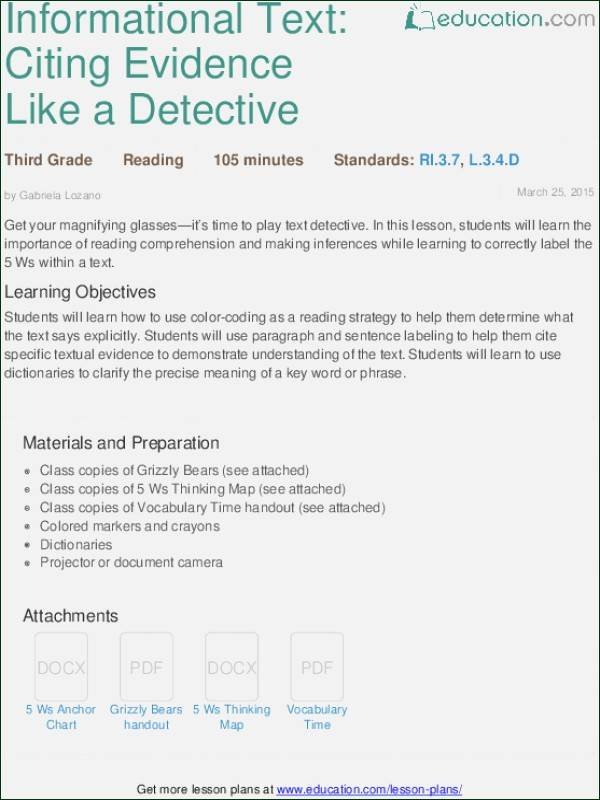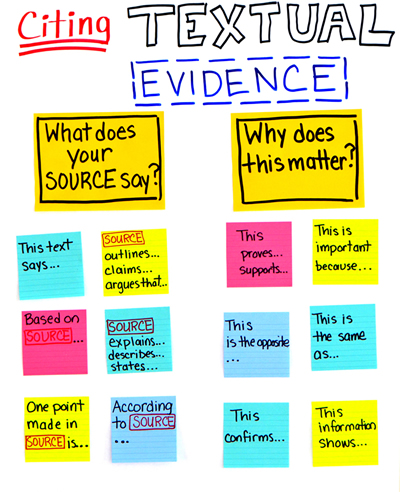

Share with students that evidence-based writing about texts always begins with close reading. Rather, he or she arrived at the claim as a result of careful reading of and thinking about the text.
Point out that even though the claim comes first in the sample essay, the writer of the essay likely did not start there. What might a persuasive take on the character of Gertrude sound like? (You may also wish to point out the absence of a counterargument in this example. Ask students to clarify what makes this kind of text an argument as opposed to persuasion. Project, for example, this essay on Gertrude in Hamlet and ask students to identify the claim, reasons, and evidence. Deepen students’ understanding of the components of argument by analyzing evidence-based arguments about texts. The evidence (that typically answers the question: “How do I know this is the case?”).ĭepending on the sophistication of students, you might also introduce them to the idea of warrants, which answer the question “Why is the evidence presented relevant to the claim at hand?” You may also wish to clarify the distinction between persuasion and argument by pointing out that persuasive structure might be thought of as “What do I want you to think?” and “What reasons and opinions can I share to sway your opinion?”. The reasons (that typically answer the question: “Why do I think this?”). The claim (that typically answers the question: “What do I think?”). Familiarize students with the basic components of an argument:. Consider using resources from the ReadWriteThink lesson plan Argument, Persuasion, or Propaganda: Analyzing World War II Posters TEXTUAL EVIDENCE MOVIE
Making the argument for why a movie is better (or worse) than the book it’s based on would be more argumentative, relying on analysis of examples from both works to build a case. Sure, you may use some evidence from the movie to back up your claim, but you may also threaten to get upset with him or her if he or she refuses-or you may offer to buy the popcorn if he or she agrees to go. Trying to convince your friend to see a particular movie with you is likely persuasion. One way to help students see this distinction is to offer a topic and two stances on it: one persuasive and one argumentative.This printable resource provides further examples of the differences between persuasive and argumentative writing.

Solid understanding of the material at hand, therefore, is necessary in order to argue effectively. Evidence-based argument builds the case for its claim out of available evidence. Additionally, in persuasion, the claim usually comes first then the persuader builds a case to convince a particular audience to think or feel the same way.

While argumentation tends to focus on logic supported by verifiable examples and facts, persuasion can use unverifiable personal anecdotes and a more apparent emotional appeal to make its case.
Begin by helping students understand the differences between persuasive writing and evidence-based argumentation: persuasion and argument share the goal of asserting a claim and trying to convince a reader or audience of its validity, but persuasion relies on a broader range of possible support.







 0 kommentar(er)
0 kommentar(er)
